In the captivating world of biology, some creatures can perform the astonishing feat of changing their gender. This ability, known as sequential hermaphroditism, allows these animals to adapt to their environment and ensure their genetic legacy. It’s a fascinating adaptation that not only intrigues scientists but also captures the imagination of animal enthusiasts worldwide. Let’s dive into the lives of these unique creatures and explore the wonder of their gender-bending abilities.
Clownfish The Famous Gender Benders
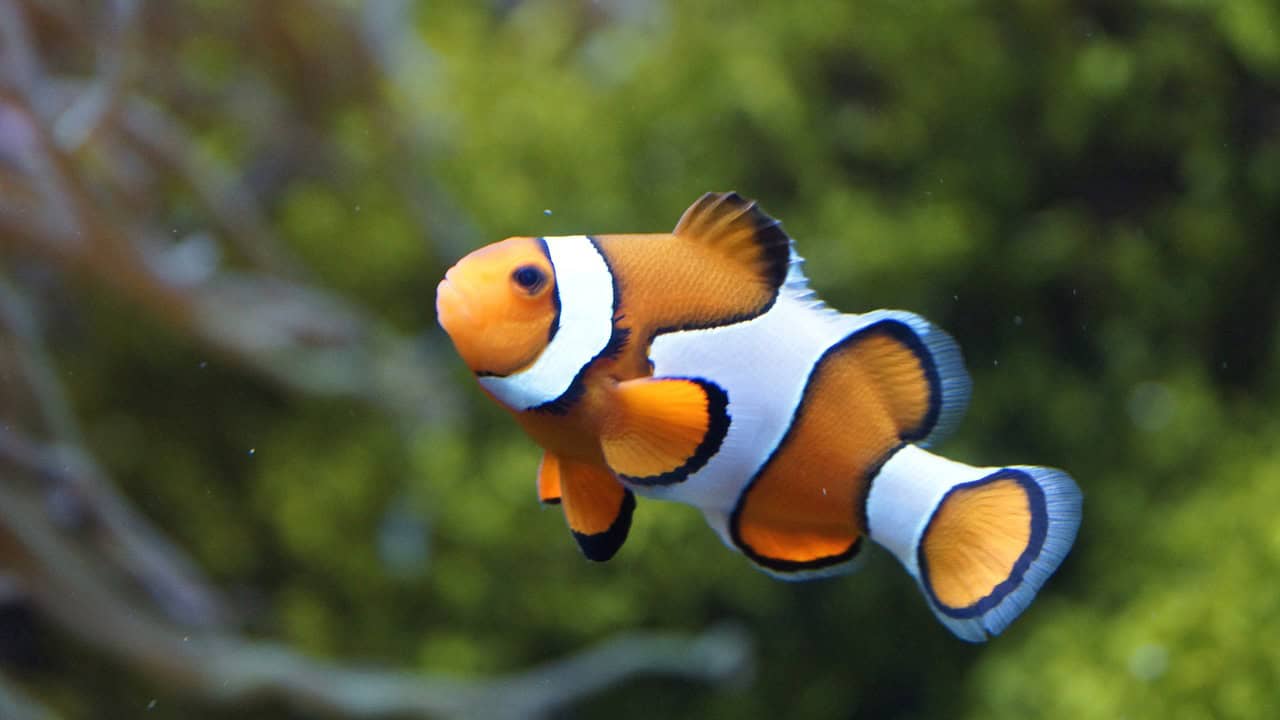
Clownfish are perhaps the most famous example of animals that can change their gender. In a clownfish group, there is usually a dominant female, a male, and several juveniles. If the dominant female dies, the male will change his gender to become the new female. This transformation ensures that the social structure of the group remains intact. It’s a bit like an understudy stepping in when the lead performer can no longer perform. This gender flexibility is crucial for their survival in the vast ocean.
Parrotfish Masters of Transformation

Parrotfish are colorful reef dwellers known for their ability to change sex from female to male. This transformation often occurs when the dominant male of a group is removed. The largest female will then transform into a male, taking on a new role in the hierarchy. This change is not just a shift in reproductive organs but also involves alterations in behavior and appearance. Parrotfish remind us that nature is full of surprises, with each change serving a purpose in the grand scheme of things.
Wrasses Quick-Change Artists of the Sea

Wrasses are another group of fish that display the remarkable ability to change gender. In many species, the largest female becomes male when the dominant male is no longer present. This transformation is often rapid, allowing the wrasse to maintain its social structure. You could think of it as a contingency plan, where roles are reassigned to ensure the group’s continued success. Wrasses exemplify the adaptability of life in the ocean, where change is the only constant.
Moray Eels The Mysterious Transformers

Moray eels, with their snake-like bodies and menacing teeth, are a fascinating species that can change gender. This transformation usually happens from female to male, a process that can take several weeks. The change is triggered by environmental factors and the need to maintain a balanced population. Moray eels, with their mysterious lives hidden in coral crevices, show us that there’s more than meets the eye in the underwater world.
Grouper Fish The Gender Shifters

Groupers are large predatory fish that can change their sex, typically from female to male. This change often occurs as they grow larger and older, allowing them to take on the role of a dominant male in their group. This transformation is a strategic move, ensuring that the strongest individuals pass on their genes. Groupers demonstrate how nature uses gender transformation as a tool for survival and reproduction.
Hawkfish The Sly Switchers

Hawkfish are known for their vibrant colors and distinctive perching behavior. They have the ability to change from female to male, usually when the dominant male is removed or dies. This change helps maintain the breeding population and ensures the species’ survival. Hawkfish, with their sly nature and quick adaptability, remind us that evolution finds a way to keep life thriving.
Coral Gobies Tiny but Mighty

Coral gobies may be small, but they possess a remarkable ability to change gender. In these fish, males can transform into females when needed, a reversal of the more common female-to-male change. This flexibility allows them to adapt to the changing dynamics of their environment. Coral gobies show that even the tiniest creatures can have powerful adaptations for survival.
Flatworms The Flat Gender Shifters

Flatworms are simple yet fascinating creatures that can change their gender roles. In some species, they engage in a behavior known as “penis fencing” to determine which individual will become the female. The loser of this duel assumes the female role, showcasing a unique method of deciding gender roles. Flatworms, with their simple yet effective strategies, highlight the diversity of life on Earth.
Sea Bass The Cooperative Changers
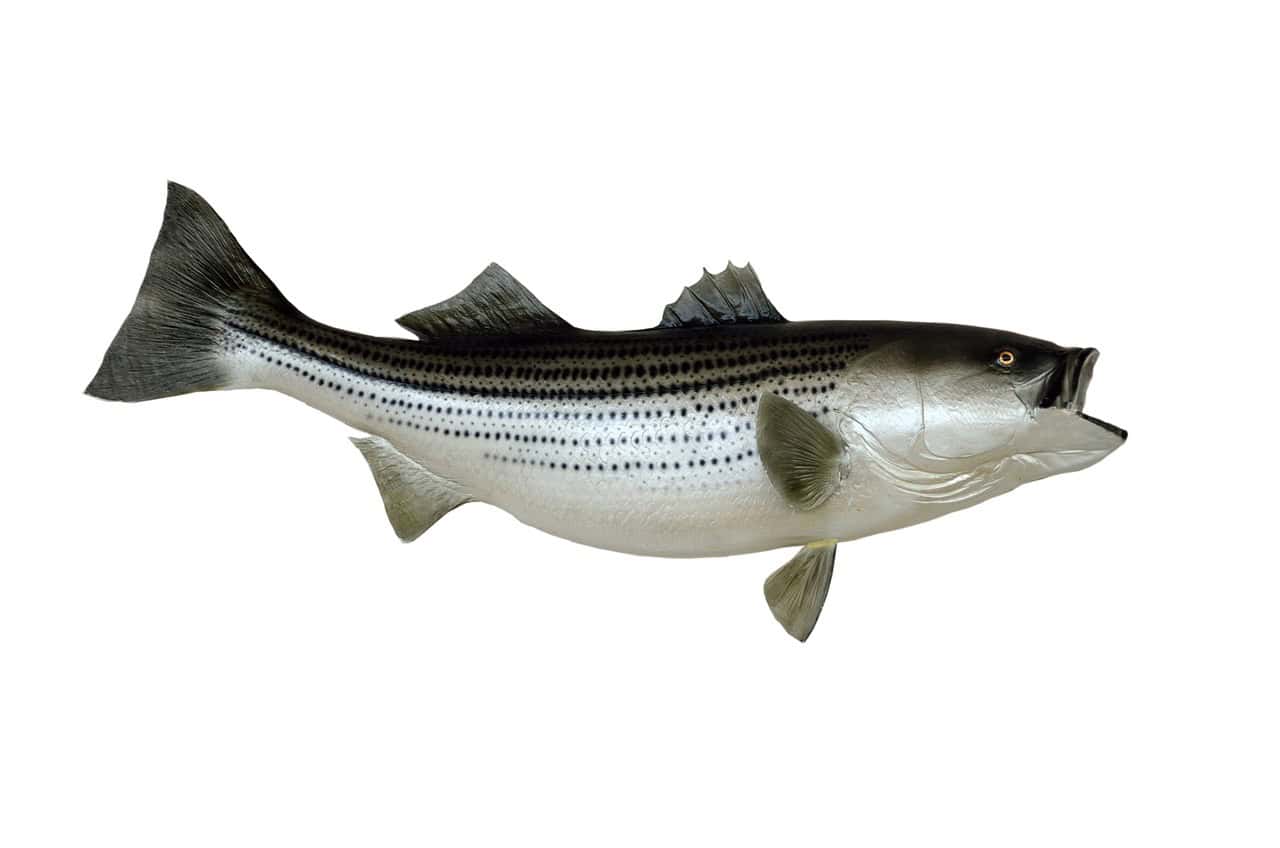
Sea bass are fish that can change gender roles based on the needs of their population. In some species, individuals can become male or female depending on environmental cues. This flexibility allows sea bass to adjust their reproductive strategies to suit their surroundings. Sea bass demonstrate the cooperative nature of evolution, where adaptability is key to survival.
Cardinalfish The Gender Fluid Guardians

Cardinalfish are small, colorful fish that can change their gender, often from male to female. This ability allows them to balance their population and ensure successful reproduction. Cardinalfish are known for their parental care, with males often guarding the eggs. Their gender flexibility showcases the intricate balance of responsibilities in the natural world.
Pipefish The Peculiar Role Reversers
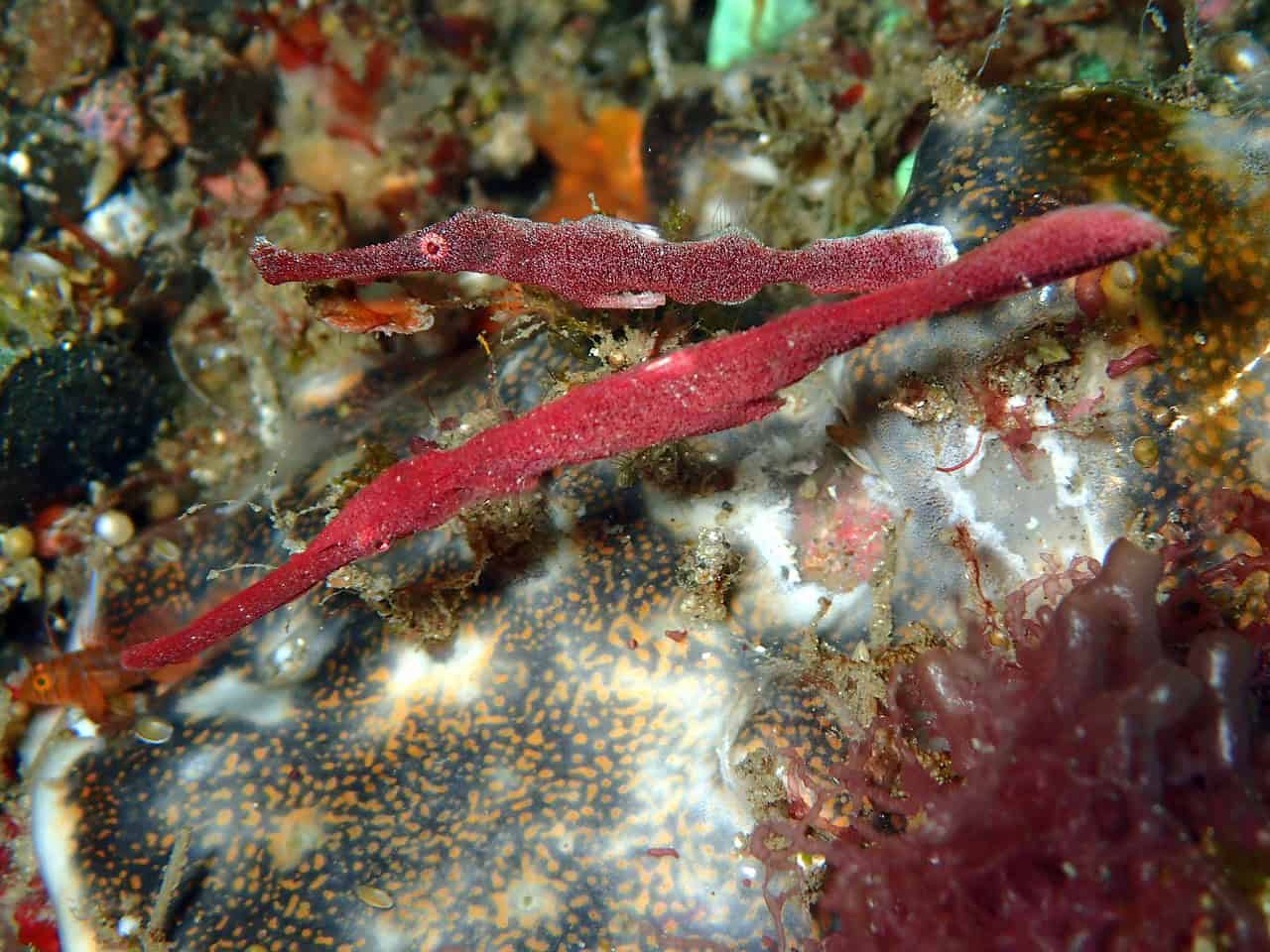
Pipefish, with their long, slender bodies, are closely related to seahorses. In some species, males can become females, a reversal of the more common pattern. This change helps maintain the breeding population and ensures the continuation of the species. Pipefish, with their peculiar reproductive roles, show us that nature is full of surprises.
Sheephead Fish The Bold Transformers

Sheephead fish, found in the waters off the coast of California, are known for their ability to change from female to male. This transformation often occurs when the dominant male is removed, allowing a large female to take on the role. Sheephead fish demonstrate the boldness of nature, where adaptability is a hallmark of survival.
Anglerfish The Unseen Changers

Anglerfish, with their bizarre appearance and bioluminescent lures, are deep-sea dwellers that can change gender. In some species, males are much smaller than females and can transform into females if needed. This adaptation allows anglerfish to maintain their population in the harsh conditions of the deep sea. Anglerfish remind us that even in the most extreme environments, life finds a way to adapt and thrive.
Banana Slugs The Hermaphroditic Wonders
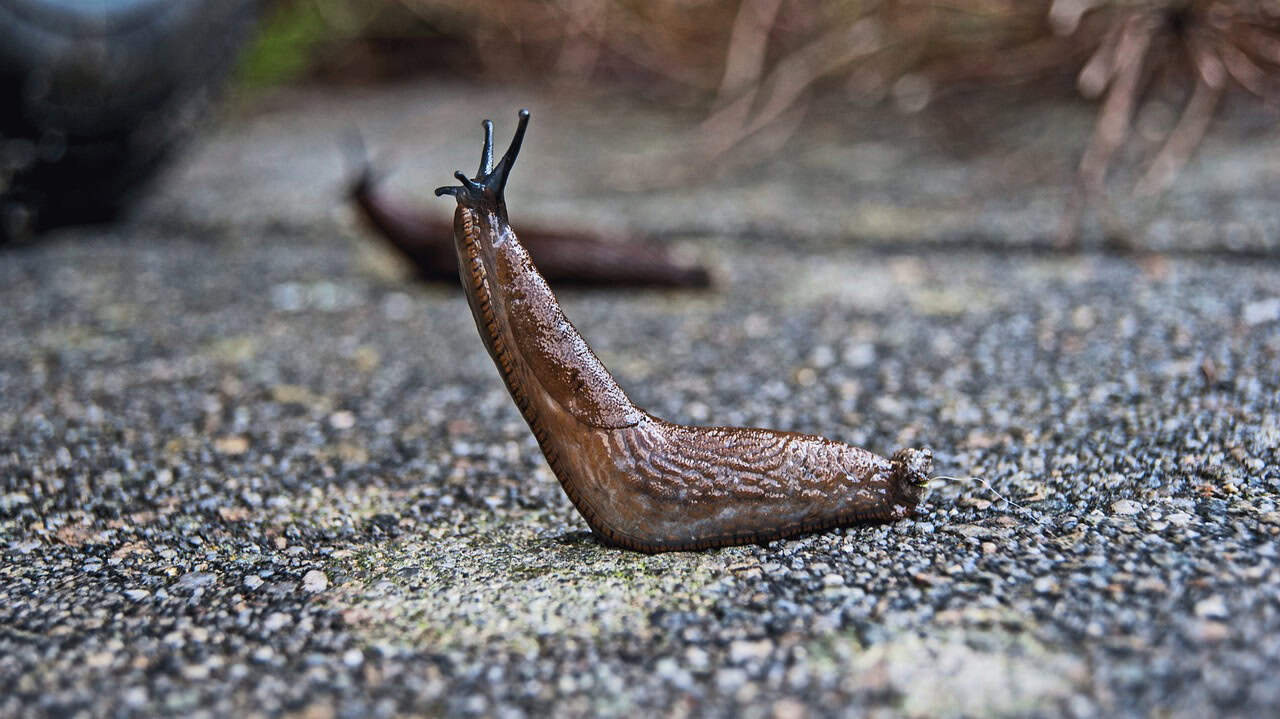
Banana slugs are terrestrial creatures that can act as both male and female. During mating, they can exchange sperm and fertilize each other, showcasing their hermaphroditic nature. This flexibility allows banana slugs to reproduce effectively, even in isolated environments. Banana slugs, with their unique reproductive strategies, highlight the versatility of life on land.
Oysters The Adaptive Mollusks

Oysters are remarkable mollusks that can change their gender based on environmental conditions. They often start as males and can become females as they mature. This ability allows oysters to adapt to their surroundings and ensure successful reproduction. Oysters, with their adaptive nature, are a testament to the resilience of life in aquatic environments.
Conclusion
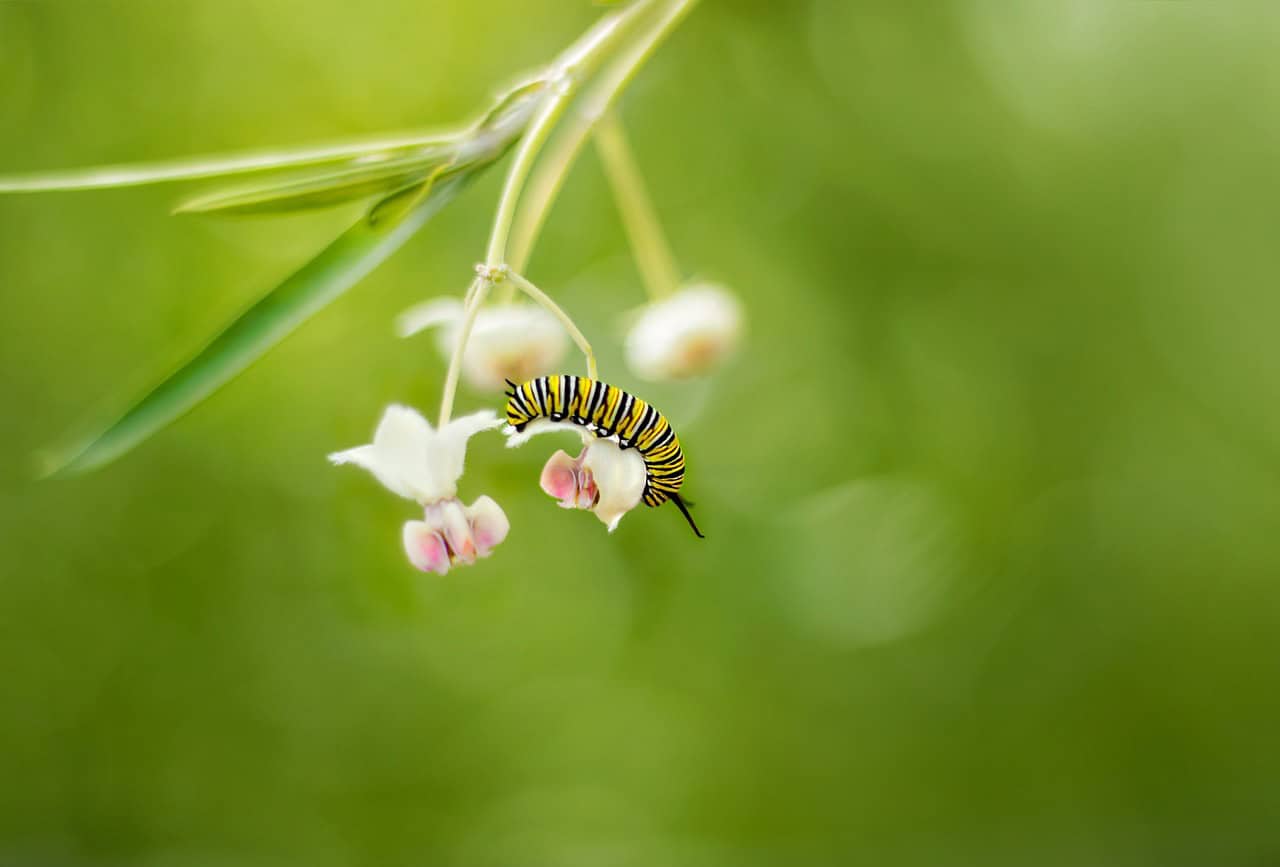
The ability to change gender is a remarkable adaptation found in a variety of animal species. From the colorful coral reefs to the mysterious depths of the ocean, these creatures showcase the incredible diversity and adaptability of life on Earth. Each gender transformation serves a purpose, ensuring the survival and continuation of species in ever-changing environments. As we explore the wonders of nature, these animals remind us of the intricate balance and beauty of the natural world.
- 10 Animals That Risked Their Lives to Save Humans - August 9, 2025
- 14 Reasons Why Bears Are Afraid of Humans (Most of the Time) - August 9, 2025
- 11 Frogs That Look Too Weird to Be Real - August 9, 2025

